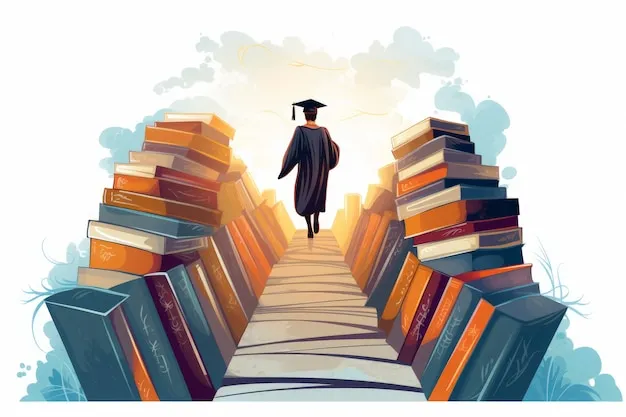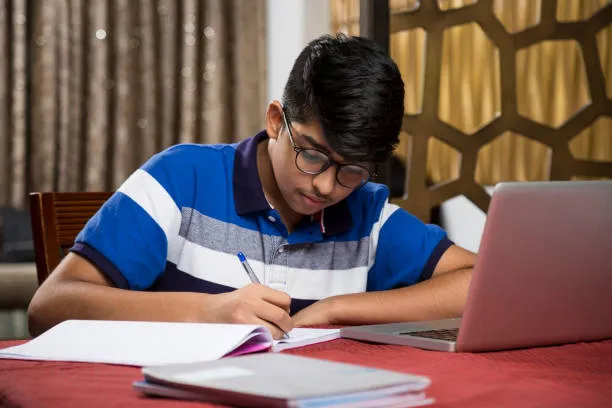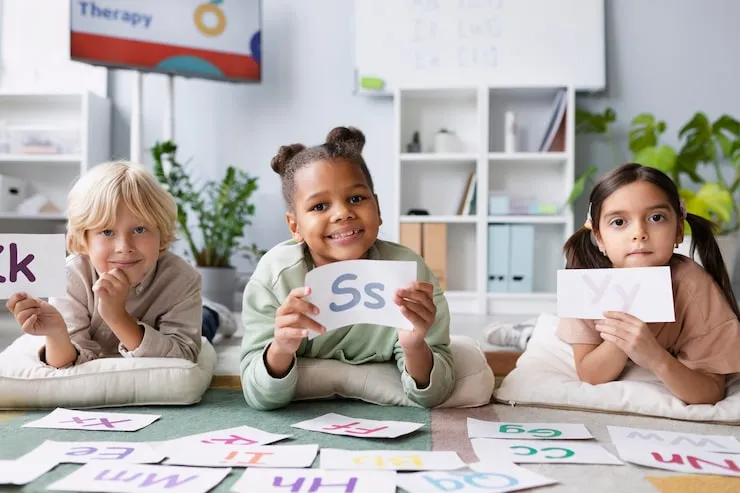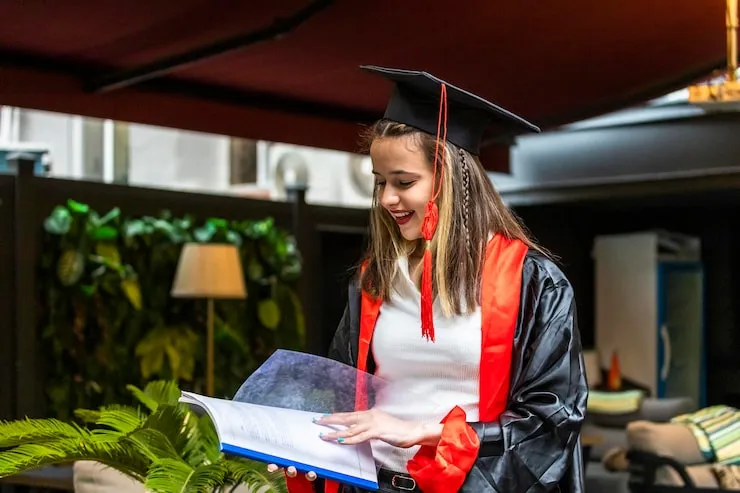Let’s start with a scene. Picture a child walking barefoot through a narrow trail in the hills of Wayanad. It’s early morning. She’s carrying a school bag that's bigger than her back. There’s no road, no school bus, just the thick trees, her slippers, and the sound of birds. That’s her school run—every single day.
Kerala is famous for its high literacy. People talk about the 96% rate proudly. But that number hides something. In the forests and hills where Adivasi (tribal) families live, education is still a struggle. Schools are far. Teachers don’t stay long. Children speak a different language. It’s not the Kerala you see in the cities.
The Early Days

Decades ago, tribal education wasn’t even a proper topic. Most tribal kids stayed home. Some helped their parents in the forest. Others were married off early. Why? Schools didn’t exist nearby. And even if they did, teachers didn’t speak the local dialect. Parents didn’t understand the point of school. Survival came first.
In the 1980s and 90s, the state slowly started to notice. It wasn’t just about roads or electricity anymore. Education was needed in these forest pockets too. Hostels came up. Special schools were built. And slowly, a few tribal children began finishing primary school. But was that enough? Not really.
Read Also: The Rise of Student Protests in Kerala
What's Happening Now?
In 2025, Kerala has some of the best programs for tribal education. There are government-run Model Residential Schools where kids get free food, uniforms, books, and hostel stay. These schools are built especially for Scheduled Tribe (ST) children who live deep in the forest belts.
Another big effort is the Eklavya Model Residential Schools (EMRS)—a central government idea. Kerala has opened a few, and more are coming. These schools focus on academics, sports, and personality development.
Then there’s the Oorumoopan project, where tribal elders are part of the education process. They help bridge the trust gap between parents and schools. Some even help students adjust to hostel life.
So yes, on paper, things look promising.
But Reality Feels Different
Now comes the tough part.
Despite all these programs, tribal dropout rates are still high. Many children leave school after Class 5 or Class 8. Why? It’s not just poverty. It’s the system. Let’s break down the problems.
-
Language Barrier
Kids at home speak languages like Irula, Kurumba, or Paniya. But in school, they suddenly hear only Malayalam or English. Confused, they sit quietly. Some fail. Others feel lost and drop out.
-
Distance
In districts like Idukki and Attappady, villages are scattered. Some kids walk 3 to 5 km daily. There’s no transport. During monsoons, paths flood. So children just stop going.
-
No Connection
The textbooks don’t talk about tribal life. No forest tales, no familiar characters, no mention of their world. For a tribal child, school feels alien. Boring. Irrelevant.
-
Lack of Tribal Teachers
Most teachers come from towns. They don’t speak the local language or understand tribal culture. Some don’t stay long. It’s a posting, not a mission.
Stories That Matter
In Palakkad’s Attappady area, there’s a small village called Sholayur. Here, 13-year-old Ravi lives with his grandmother. His school is 4 km away, but he never misses a day. Why? His new teacher, Anjali Miss, speaks his language. She reads tribal folk tales in class. Ravi says, “School is fun now. I want to become a teacher too.”
But not every child is that lucky. In another village nearby, a school remained closed for two months because no teacher showed up. Children sat at home, waiting.
Programs Trying to Help
Let’s talk solutions. Kerala isn’t ignoring the problem.
- Vidya Kiranam gives money to tribal families whose children attend school regularly.
- Pre-Matric Scholarships cover costs like clothes and pens.
- Balasabhas (children’s clubs) in tribal schools teach music, drawing, drama—things kids actually enjoy.
- Digital Tribal Education Kits are being tested—solar-powered tablets with lessons in tribal dialects.
Still, execution is slow. Funds don’t always reach on time. And many programs don’t go beyond town-level.
Where NGOs Step In?
Government efforts are good. But on the ground, NGOs often do more.
Groups like Thambu, Shiksha Lokam, and Swabhiman Trust run small evening schools in tribal villages. They teach using local stories and songs. Classes happen under trees, near water streams—where kids feel at home.
Young volunteers walk miles to teach math or Malayalam. Some carry projectors powered by battery packs. They play short films, teach through games. And children love it.
These volunteers also talk to parents. Convince them not to pull kids out during harvest season. Or marry them off at 15.
The Girls Story
Tribal girls face double the hurdles. Apart from poverty, they deal with early marriage, house chores, and safety concerns.
Some schools don’t have separate toilets. Some hostels aren’t safe. Girls drop out. The state has launched programs with pads, health education, and women wardens. But these efforts are recent. Much more needs to be done.
You May Also Like: Kerala’s 2025–26 Education Budget: Student And School Updates
What Needs to Change Quickly?

We can’t rely on numbers. Literacy rate means little if kids don’t finish school. Here’s what should be fixed:
- Make Learning Bilingual
- Start early education in tribal dialects
- Slowly add Malayalam and English
- Create picture books and songs in tribal languages
- Hire Tribal Teachers
- Offer free B.Ed programs for tribal youth
- Place them in their home villages
- Strengthen Hostels
- Add more toilets, proper food, and security
- Appoint wardens who speak the children’s language
- Upgrade Midday Meals
- Add millets and local grains children are used to
- Serve warm food, not just rice and curry
- Regular Teacher Training
- Train town-based teachers in tribal culture
- Make it part of their yearly service program
Learning Isn’t Just in Books
Kerala’s tribal children don’t just need schools—they need schools that understand them. Not polished concrete buildings, but places that feel like second homes. Not teachers with degrees, but teachers with hearts.
The forest paths are still long. But each step matters. Each child who learns to write their name, who reads a story in their own language, is breaking a cycle.
One child. One school. One story at a time.













